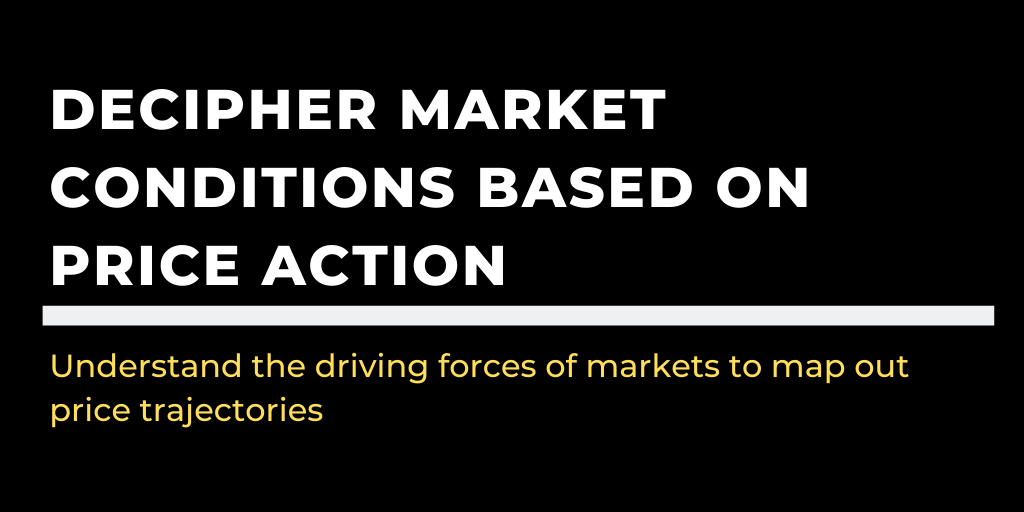CLICK ON THE BUTTONS BELOW TO NAVIGATE
GET THE SAME PROGRAMME AS DELIVERED TO THE INSTITUTIONS FOR JUST A CUP OF COFFEE OVER A YEAR



PROGRAMME OUTLINE
Price data is fundamental to chart analysis, yet many practicing technicians blindly rely on data supplied by data vendors. We will also be exploring the various types of Charts and discover the ‘shocking’ truth of the difference between Bar and Candlestick charting.
FX & spot market data – How are these data being mined? Are they using mid, bid or ask data? Price spike (fat fingers etc..) can occur in any price feed, how are these issues handled? How is the volume in spot market determined – by tick or by actual traded volume? How many of the trades are going through these specific contributors?
Stocks & Indices data – Are there any adjustments made for corporate action? Are there rebalancing of indices?
Futures data – How do futures contract roll and what are the adjustment methods used? Are you aware of the importance of using different roll adjustments for different contracts? For futures bonds data – are they adjusted for coupon changes?
Learn how to identify with higher probability if a Trendline will likely provide Support or Resistance. Validation and application of Trend Channels in relation to price behaviour.
How to verify if a trendline or trend channel is more likely to provide support or resistance?
Many users pride themselves in knowing the names of various candlestick patterns, but are unsuccessful in the actual application of these patterns. This segment shows how you can interpret and apply candlesticks confidently without the need to know the names or patterns.
Many are unaware that the key to better understanding of chart reading is knowing :
- What is market acceptance and rejection
- How to view the chart as a map of a war between the bull and bear forces
We will be covering 5 technical indicators in this segment and the motivation behind their creation. Understand the importance of knowing the pricing fields and use the computation to avoid traps of using correlated indicators.
I have seen many veteran technical analysts and even famous YouTubers (e.g. with >370k followers) who do not have the fundamental understanding of the indicators they are sharing.
- Do you know the importance of knowing the pricing fields that are used to compute the indicators?
- Are you sure you are using the indicators correctly and to their utmost potential? For example, do you know the principles behind these indicators: RSI, Stochastics,MACD, Moving Averages, Fibonacci?
- In divergence analysis, do you know where to detect divergence in: MACD and Stochastics? (hint: majority are using it wrongly).
- What are the little known, but very effective signals from RSI and Stochastics?
Learn how to identify which Fibonacci levels are likely to provide a higher probability support or resistance. Gain insights into the various Fibonacci Sequences (not your usual textbook explanation) and two little known Fibonacci ratios.
- Fibonacci retracements consists of multiple levels, how to identify the levels that are more likely to provide a higher probability of support or resistance?
- Are you aware that 0.25% and 0.75% are not part of the Fibonacci ratio?
- What is the significance of 0.786% and 0.886% in the Fibonacci ratio?
WHY LEARN FROM US
TrackRecord Asia is founded by market practitioners who headed investment banks and hedge funds. The depth and quality of our programmes are appreciated by Investment banks and Financial Institutions who continue to engage us to train their traders.
This is YOUR chance at learning a skill set used by successful traders.
YOUR PROGRAMME INSTRUCTOR

Mr GREGG TAN has over 38 years of experience in the finance industry. His responsibilities in the initial 20 years was mainly with major Financial institutions, spanning across roles as a Trader, Dealer and as Head of Fundamental/ Technical Research of a team in Indonesia. He then spent the next 18 years at Bloomberg as an Application Specialist for Charting and Technical Analysis. Many of Bloomberg’s Institutional clients have acknowledged that they found true value at Gregg’s sessions. Gregg was a key contributor to Bloomberg’s charting ecosystem, as evident when the development team even rescheduled a planned global summit just to accommodate his busy schedule.
FREQUENTLY ASKED QUESTIONS: AS ANSWERED BY GREGG
The chart is a visual map of an asset’s journey, revealing how it has moved to current levels. Without the chart, it is akin to going on a long hike without a compass and a map. Charts enables users to see if current price is near or at its historical support or resistance levels. This knowledge forms one of the most important contributing factors to a trading or investment decision. As price swings are affected by how participants react to various market events, the chart is a graphical representation of their emotional state.
Armed with the ability to recognize levels of support and resistance is already helpful to spot low-risk trading zone. The use of various price projection techniques enable the computation of risk/reward ratio. Basically, technical analysis enables users to know the potential price target. Users will then be able to calculate if the risk to reward ratio is justifiable for initiating the trade or investment. Knowledge of proper risk management is the single most important skill that will make or break any market participant.
Having a basic understanding of charts alone already provides some advantage. Armed with the abilities to relate market emotions to price action and a proper application of various tools (compass) will definitely furnish you with greater insights into the market.
Technical Analysis is the study of price action, and these information are displayed as either line chart (closing price) or bar chart (OHLC). Depending on your trading / investment time horizon, you need to use the specific time frame chart for your analysis. (I will be featuring a Bloomberg Challenge using technical analysis and the type of chart each participant was using versus my personal chart). The main issue is that many users do not factor in this subtle but critical knowledge when performing their analysis.
Technical Indicators are derived from market price activities based on mathematical formulas. There is no sure-win indicators. If there are indeed any, why would the creator share it openly with the public?
Technical Indicators help to unveil hidden market information that are otherwise invisible to the naked eye. Every indicator has its own weaknesses and strengths. By learning about its inner-working, proper application and combination of various tools will definitely help to improve the odds of profit-making.
Check out how Gregg has employed Technical Indicators in these recent live trade analysis.
This course is designed and will be delivered in a way that will benefit both raw beginners and experienced technicians. I had conducted numerous similar courses at Bloomberg. Majority of the attendees who are experienced or even advanced technicians confessed to me that they actually find it refreshing and able to grasp deeper insights into the finer application of Technical Analysis after attending this course. I had even converted numerous non-believers to use Technical Analysis after the session.
To facilitate continuous learning, TrackRecord invites all attendees to participate in the vibrant Traders’ Chat Forum. Professional Traders from around the world provide mentorship to the community members via the forum. You will also gain access to TrackRecord’s real-time trade signals and trade history. Each trade will be provided with reasons backing the decision. There will also be commentary from professional traders on market moving events which helps you make sense of situations on the fly.
We are also exploring the possibility of a quarterly meet-up.
Please fill in the form below and one of our programme consultants will be in touch within 1 working day.
ENROLL FOR THE PROGRAMME
| START DATE: | TBA |
| DURATION: | 12 HOURS (OVER 2 DAYS) |
| VENUE: | ANYWHERE(WEBINAR) |
| STUDY MODE: | WEBINAR |
As part of your registration, you will also receive a complimentary 3 month membership access (worth S$267) to our premium Market Analysis Suite (Trade Insights, CIO Weekly Report, Traders’ Risk Call etc.) and 3 months access to our Traders’ Chat Forum where Gregg will answer your Technical Analysis related questions in a dedicated chatroom** – a follow-up from the seminar**.
**no recommendation or advice on market direction/outlook will be provided
Gregg’s vast knowledge and passion for technical analysis makes him a great ally for the work we at Kase and Company, Inc. do with Bloomberg in Asia.
I have never come across anyone as knowledgeable as Gregg in the area of technical analysis. Through his years of experience, he is able to demonstrate the usage of specific technical indicators and its interpretation to specific situations.
His knowledge goes far beyond what most people think technical analysis is. I strongly recommend Gregg to any financial institution exploring using Bloomberg and/or technical analysis in making decisions on financial markets.
